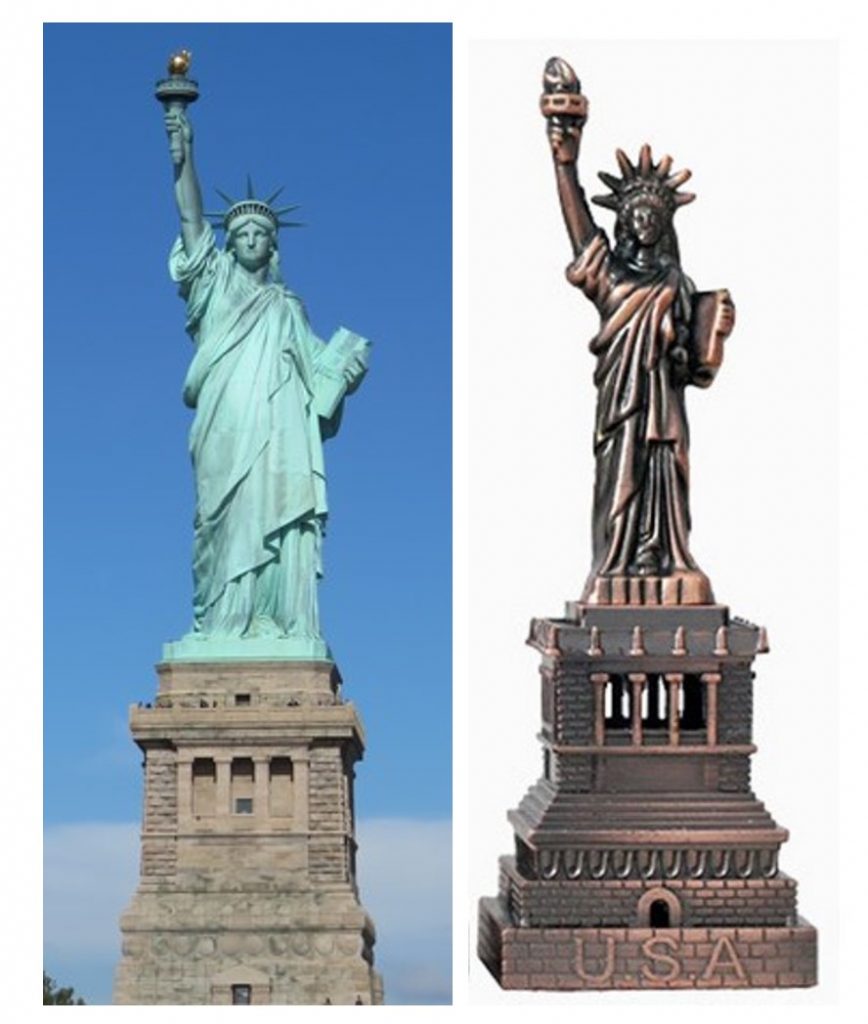40 Resource Abstraction – the “Santa” Question

Many kids visit Santa at the local shopping mall during the Christmas holiday season. Why? Because any kid who believes that Santa brings them Christmas presents wants to tell Santa what presents they want. But there are over 100,000 malls in the United States, and most of the large ones have a Santa to visit during the holiday season. This means that millions of kids can say “I saw Santa at the mall.” They didn’t see the SAME Santa, but the specific Santa that a particular kid sees doesn’t change the fact that the kid can say “I saw Santa.”
If your bike gets a flat tire, you need a tool like a wrench to take the wheel off so you can fix or replace the inner tube. If someone says “you can get THAT at the Home Depot,” when you go to the store there will be a box of wrenches that look more or less the same, and you can buy any one of them and use it to take off the tire. So “THAT” means “any of the members of the wrench category, all of which are equivalent for the purpose you need.” 
But if you’re going to visit the New York City area, someone might say “Have you ever seen the Statue of Liberty? You can see THAT when you go to New York.” In this case “THAT” refers to a specific and unique resource, the Statue of Liberty. If you don’t get to see the actual statue, a “tourist version” that you can buy in a gift shop doesn’t make up for that. The Statue of Liberty is a unique resource that has no equivalents, or put another way, it is in a category that only has one member.
Answering the “Santa Question” —- Choosing the Level of “Resource Abstraction”
Santa for Songs
If you say “That’s my favorite song” you are doing for music the same thing as when someone says “I saw Santa” because you are not being precise about the level of abstraction about the song. Some music and songs have been recorded many times by different performers or with different arrangements of musical instruments.
- Are all these different recordings of “the same song” still the same song?
- Is one of the recordings (maybe the original one?) the best example of the song that we should treat as more special or important?
- Remember the question about what bird is the most typical of the bird category?
- But sometimes a “cover” or later recording of a song is much more popular than the original one. So maybe we should reject the idea that some specific recording or performance is the best or most typical, and treat any song as a large category with many members.

